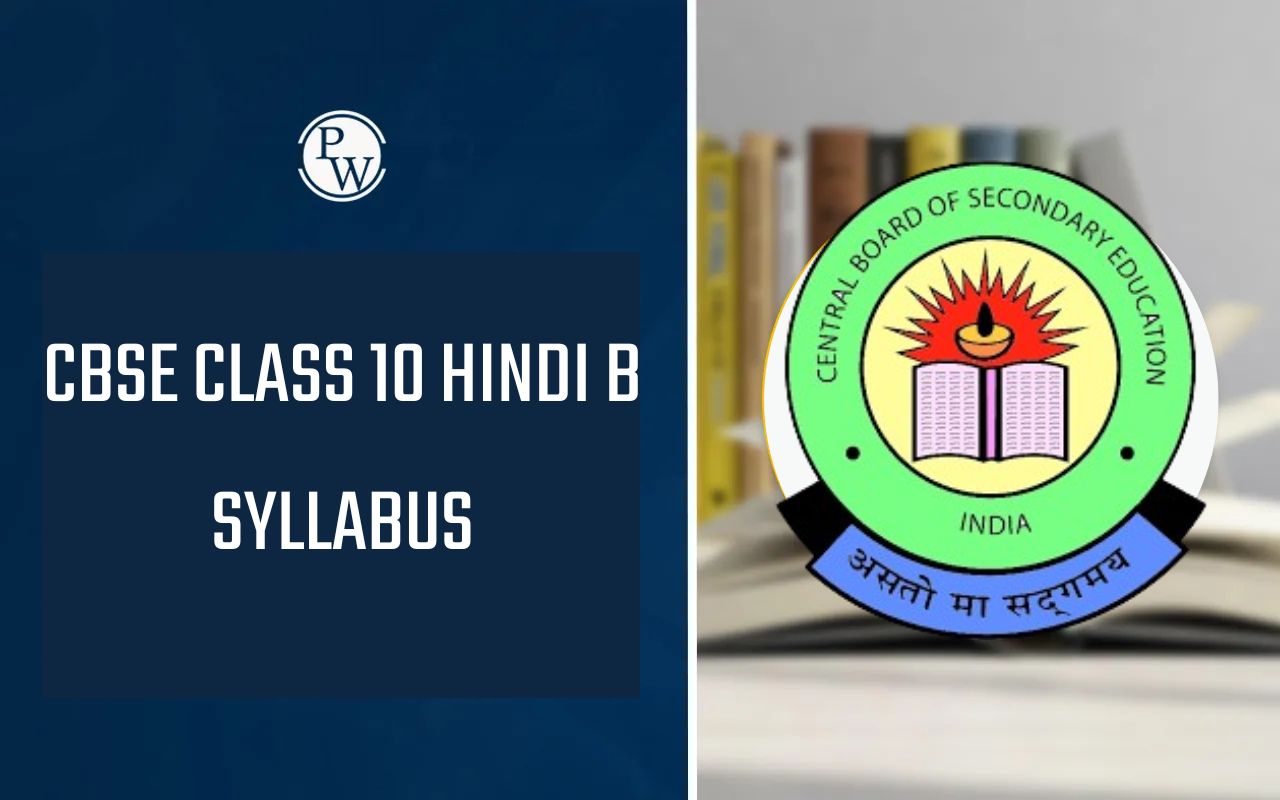
DNA Replication Experiment : The genetic material is transferred to the newly formed cells as cells divide. What would happen if each new cell only received half the genetic data? The cell won't be able to function correctly; that much is true. Because of this, it is necessary to duplicate (or double) the DNA in existing cells for each new cell to receive the entire set of instructions. DNA replication is the process at hand.
Let's discuss DNA replication and the Meselson and Stahl experiment.Introduction
The act of duplicating something is called replication. Different scientists have put out numerous theories regarding the DNA replication model or how DNA replicates. Watson and Crick suggested the semiconservative replication of DNA. According to this theory, the two strands of DNA separate, each acting as a template for creating a new strand. The new strand is produced based on base pairing with the complimentary template. To show how DNA replication is semi-conservative, the Meselson and Stahl Experiment was conducted.Disorders of the Circulatory System
DNA Replication
DNA replication is both the process of duplicating a DNA fragment and the process by which cells fix DNA damage. The DNA molecule creates two new complementary strands that are identical to the original strands during DNA replication. A template for the new strand is made for each of the parental DNA's original strands. Thymine is replaced for the nitrogenous base adenine in the newly generated strand to produce a thymine base when adenine is present on the original strand. In most bacteria, DNA replication starts at a single origin of replication, where proteins that start replication bind to a certain nucleotide sequence and split the DNA into two strands, creating what is known as a replication bubble. Replication in the two replication forks is done in both directions in the next phase.Diphtheria: Types, Symptoms, Causes, Treatment
Models of DNA
The dispersive, semi-conservative, and conservative models are three distinct approaches to depict DNA replication.Semi-Conservative Model:
According to this paradigm, the two strands of DNA unwind from one another, each acting as a template for developing a brand-new, complementary strand of DNA. Due to this, two DNA molecules are created, one of which has the original strand and the other containing a new one.Conservative Model:
In this case, DNA replication creates two new molecules, one containing two new DNA strands and is not identical to the original DNA molecule. In contrast, the original DNA molecule retains its two original strands (with exactly the same sequences as the original molecule).Dispersive Model:
Dispersive model: According to this theory, each strand is composed of a patchwork of genetic material that was original and recently synthesised.Meselson and Stahl Experiment
Meselson and Stahl's well-known studies on DNA replication used the E. coli bacteria as a model system. E. coli was first grown in nutritious broth or a medium containing the "heavy" isotope of nitrogen, 15N. When grown on a medium containing heavy 15N, the bacteria absorbed the nitrogen and used it to produce new biological molecules, including DNA. After many generations of growth in the 15N, the DNA of the bacteria's nitrogenous bases was heavily tagged with 15N. After then, the bacteria were switched to a medium containing a "light" 14N isotope and allowed to keep multiplying for several generations. The entire DNA would have had to be composed of 14N, the only nitrogen that would have been accessible for synthesis after the changeover. Knowing how frequently E. coli bacteria divide allowed Meselson and Stahl to collect small samples in each generation, extract the DNA, and purify it. The density of the DNA was then determined using density gradient centrifugation (and, indirectly, its 15N and 14N concentration). This method separates molecules like DNA into bands by rapidly spinning the molecules, such as DNA. In contrast, another molecule, such as cesium chloride, creates a density gradient from top to bottom of the spinning tube. Density gradient centrifugation allows for precisely detecting small variations, such as those between 15N and 14N labeled DNA.Results of the Experiment
Generation 0
The DNA of the first four generations of E. coli formed the pattern of bands. The first few generations containing the most important information will be discussed. A single band was formed after centrifuging Generation 1 DNA that had undergone one generation (one cycle of DNA replication). On the other hand, the density of this band was higher and sat in the middle of the heavy 15N DNA and the light 14N DNA. Meselson and Stahl learned from the intermediate band that the DNA molecules created during the initial round of replication were a mix of light and heavy DNA. This conclusion was supported by the dispersive and semi-conservative models but not by the conservative model. The conservative model would have expected two distinct bands in this generation. Before switching to 14N, generation 0 DNA, which was isolated from cells at the beginning of the experiment, formed a single band after centrifugation. The DNA should have only had heavy 15N at that time. Therefore, this finding made it logical.Related Links -
Generation 1
When centrifuged, one DNA generation—a DNA replication round—also generated a solitary band. On the other hand, this band had a higher density and was located between the heavy 15N DNA and the light 14N DNA. Meselson and Stahl discovered that the DNA molecules produced during the initial round of replication were a mixture of light and heavy DNA from the intermediate band. This conclusion was supported by the dispersive and semi-conservative models but not by the conservative model. The conservative model would have expected two distinct bands in this generation (two bands: one for the original, heavy molecule and one for the new, light molecule).Difference Between Vitamin D and Vitamin D3
Generation 2
Meselson and Stahl established whether the remaining models (semi-conservative or dispersive) were truly accurate thanks to information from the second generation. Two bands emerged after centrifuging second-generation DNA. One was higher (seemed to be labeled merely with 14N ), while the second was in the same place as the intermediate band from the first generation. This finding indicated to Meselson and Stahl that DNA replication was semi-conservative. We anticipate semi-conservative replication to result in a pattern of two different bands, one at the position of a hybrid molecule and the other at the position of a light molecule. Since every molecule should contain old and new DNA pieces, a "purely light" molecule cannot be created via dispersive replication.Generation 3 and 4
The semi-conservative model predicts that each hybrid DNA molecule from the second generation will produce both a hybrid molecule and a light molecule in the 3rd generation. However, each light DNA molecule will only result in more light molecules. Therefore, we expect the light band to become stronger throughout the third and fourth generations while the hybrid band becomes progressively weaker.Difference Between Prokaryotic And Eukaryotic Replication
Conclusion
DNA's Semi-Conservative Replication Meselson and Stahl's experiment demonstrated that DNA replicates semi-conservatively, meaning that each strand serves as a template for synthesising a new, complementary strand. Although Meselson and Stahl used the bacterium E. coli in their investigation, we now know that semi-conservative DNA replication is a necessary process that all life forms on Earth share. The cells are semi-conservatively duplicating their DNA.Related links -
DNA Replication Experiment <span style=
Which of the following three describes the replication of DNA?
Three alternative models can be used to analyse DNA replication. The three models under examination are the dispersive model, the semi-conservative model, and the conservative model.
Which type of replication was supported by Messelson and Stahl's study?
The experiment by Messelson and Stahl supported the semi-conservative replication method. The DNA was initially duplicated in a 14N medium, resulting in a band of hybrid 14N and 15N DNA. As a result, the cautious replication mode was deleted.
What distinguishes conservative from semi-conservative replication strategies?
The semi-conservative form of replication produces two copies, each including one original strand and one new strand. Contrarily, conservative replication would result in the creation of two new strands and the retention of the two original template DNA strands in a double helix.
What happens when DNA replication is complete?
One original strand and one new strand of nucleotides are produced as a result of DNA replication.
What transpires if DNA replication is dysfunctional?
The mutation results from faulty DNA replication. However, DNA Polymerase can fix any mismatches that occur during proofreading.
🔥 Trending Blogs
Talk to a counsellorHave doubts? Our support team will be happy to assist you!

Check out these Related Articles
Free Learning Resources
PW Books
Notes (Class 10-12)
PW Study Materials
Notes (Class 6-9)
Ncert Solutions
Govt Exams
Class 6th to 12th Online Courses
Govt Job Exams Courses
UPSC Coaching
Defence Exam Coaching
Gate Exam Coaching
Other Exams
Know about Physics Wallah
Physics Wallah is an Indian edtech platform that provides accessible & comprehensive learning experiences to students from Class 6th to postgraduate level. We also provide extensive NCERT solutions, sample paper, NEET, JEE Mains, BITSAT previous year papers & more such resources to students. Physics Wallah also caters to over 3.5 million registered students and over 78 lakh+ Youtube subscribers with 4.8 rating on its app.
We Stand Out because
We provide students with intensive courses with India’s qualified & experienced faculties & mentors. PW strives to make the learning experience comprehensive and accessible for students of all sections of society. We believe in empowering every single student who couldn't dream of a good career in engineering and medical field earlier.
Our Key Focus Areas
Physics Wallah's main focus is to make the learning experience as economical as possible for all students. With our affordable courses like Lakshya, Udaan and Arjuna and many others, we have been able to provide a platform for lakhs of aspirants. From providing Chemistry, Maths, Physics formula to giving e-books of eminent authors like RD Sharma, RS Aggarwal and Lakhmir Singh, PW focuses on every single student's need for preparation.
What Makes Us Different
Physics Wallah strives to develop a comprehensive pedagogical structure for students, where they get a state-of-the-art learning experience with study material and resources. Apart from catering students preparing for JEE Mains and NEET, PW also provides study material for each state board like Uttar Pradesh, Bihar, and others
Copyright © 2025 Physicswallah Limited All rights reserved.
Get App









